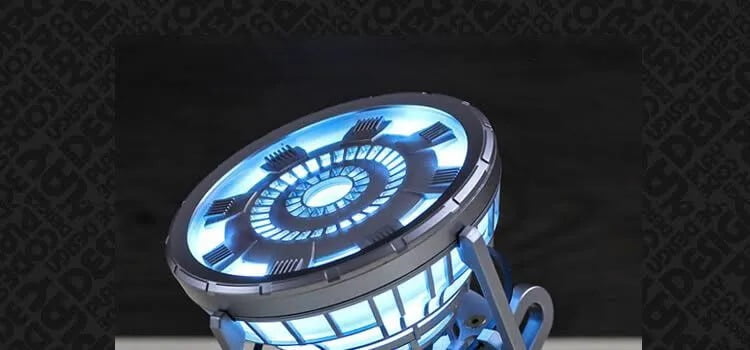
A Researcher Accidentally Developed A Battery That Could Last A Lifetime
This is no joke, a battery that lasts forever could change the face of the planet forever.
By Tesla Telegraph | Guest Post
Some of the world’s greatest innovations were created by accident, and this might just be the latest to add to that list. A Ph.D. student at the University of California at Irvine accidentally discovered a rechargeable battery that could last up to 400 years while playing around in the lab.
The Accidental Rechargeable Battery
Mya Le Thai is one of the researchers working on nanowire technology in chemistry department head Reginald Penner’s lab. These are tiny conductive wires that could be highly beneficial for use in rechargeable batteries. The team had come up against one major roadblock: The wires are extremely fragile. After a certain number of charging cycles, they begin to fray and crack and then stop working.
While working in the lab one day, Mya decided to change the liquid electrolyte surrounding the nanowires with one that is made of gel. When she began cycling them, the entire team had a huge surprise: The batteries were going through thousands of charging cycles without any signs of wear and tear.
“She started to cycle these gel capacitors, and that’s when we got the surprise,” Penner said. “She said, ‘this thing has been cycling 10,000 cycles and it’s still going.’ She came back a few days later and said ‘it’s been cycling for 30,000 cycles.’ That kept going on for a month.”
For context, the typical laptop battery life is between 300 and 500 cycles. This means that we could have ultra-long lasting batteries so that there will be fewer laptops, phones, and lithium-ion batteries piling up in landfills.
“If you could get 100,000 cycles out of a lithium ion battery it might mean you never need to buy two of them,” Penner says. “We’re talking about a lifetime of 20 years, maybe even longer than that.”
How it Works
The researchers currently aren’t sure why the gel prevents the nanowires from breaking down less than other liquids, but they do know generally how the different liquid types work.
According to Penner, nanowires are made of magnesium oxide, are 80% porous, and are hundreds of times thinner than human hair. The gel is about the same thickness as peanut butter.
As the wires go through cycle after cycle, the gel slowly seeps into the pores in the wires. This makes them softer and therefore less fragile so that they can last longer.
After 5,000 cycles with normal liquid, [the nanowires] start to break,” Penner says. “And then they start to fall off. None of that is happening in the gel.”
The team is going to continue to experiment with these gel-wrapped nanowire batteries to study further how well they hold up over time. If they are successful, these could eventually be a regular component of long-lasting batteries. Though that is still a few years away yet, Mya’s discovery is certainly an exciting one.
The Problem with Lithium-Ion Batteries
Though these batteries have allowed many innovations, such as cell phones and laptops, to become what they are today, these batteries don’t come without their risks. Lithium mining has created many environmental problems, including:
- Chemical leaks that pollute rivers and kill wildlife
- Contaminating irrigation streams and crops
- Using massive amounts (upwards of 65%) of the regions’ water where mines exist
- Battery fluid leaking into landfills polluting the soil
These are just a few of the issues that we face if we continue to use lithium-ion batteries at our current rate. Hopefully, all of these new innovations in battery-powered energy will change the energy game and create a more sustainable future.
* * *
